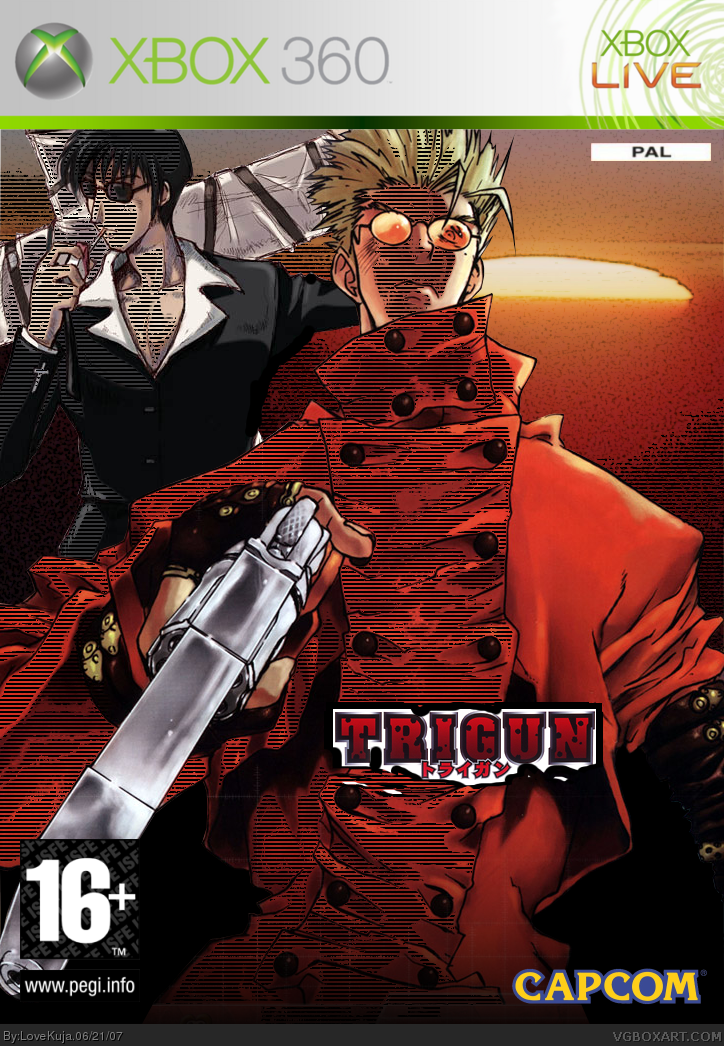
As you suspected, the use cases are a) emulators without a GBA mode option and b) real hardware.Shantae GBC Collectors Edition Limited Run W/ Card Nintendo Game Boy. If you're using one of those, there's basically no need for these patches the emulator options do exactly the same thing without any need for modifying the ROM. The cartridge is functional on Game Boy Color, Game Boy Advance, and any other hardware that supports Game Boy Color games.Modern emulators tend to run games in GBC mode by default, with a toggle somewhere to use GBA mode instead. This comes packaged in a standard Game Boy sized box with beautiful rainbow foil stamping on the side. This is an open pre-order for a limited time. Shantae on playable physical cartridge for the Game Boy Color.
In general, nobody should need both patched versions, just the clean version and one patched for the opposite platform to the one they're playing on. After that, you can switch back to the GBC-mode ROM.Between the two ROMs, you can basically have "the full experience" on any platform. To avoid that, you can run the patched GBC-mode ROM to get the richer color the game was designed with, then switch to the standard ROM to get the bonus. The game is available on the Nintendo eShop for 9.99 USD.If you're running the game from a flash cart on GBA, you'll get the bonus transformation, but the palette is quite washed out if you're playing on the GBA SP. This way, you can just play the normal ROM until you reach the place where the bonus is obtained, switch over to the GBA-mode ROM, then switch back to the standard ROM once you've saved.In addition to the Switch release, the original Shantae is also currently available for Nintendo 3DS as part of the eShop’s Virtual Console lineup, and was recently offered as a reproduction cartridge through Limited Run Games. The GBC game also includes a special area and other extras which are only accessible when its played on the GBA.If you're playing Shantae from a flash cart on a GBC, you can't access the bonus transformation which players on GBA have-sure, you could find a GBA, or play it on an emulator then switch back to hardware, but that's kind of a hassle and presumably goes against your desire to play on a GBC.
I'd be interested to check if any more games have this feature.To summarize, the games currently known to adjust the palette automatically: These two might just be using it for rumble, like Pokémon Pinball and Drill Dozer.Is anybody aware of any more Game Boy Advance titles which display the Game Boy Player logo on startup (besides the GBA Videos, I mean). The logo appears on startup, but palette is just a menu setting under Options. The same thing is true for Summon Night: Craft Sword Monogatari: Hajimari no Ishi, the third entry in the series, released only in Japan. It has to be set in the in-game Options menu. It does display the Game Boy Player logo on startup, but the GBP palette is not set automatically.

Final Fantasy Tactics Advance ( Color Mode: LCD A , LCD B , TV Summon Night: Craft Sword Monogatari: Hajimari no Ishi (supports GameCube pad rumble) ** Has palette settings under Options, Color: GBA, GBA SP , TV Games that are not Game Boy Player-enhanced, but have in-game palette settings: Summon Night: Swordcraft Story 2 (supports GameCube pad rumble?) *
I'm not aware of any that do that, or even whether that's something the Game Boy Player is capable of. Sonic Advance 3 (press R at title screen: GBA Color Setting, GBA SP Color Setting, Game Boy Player Color Setting)Huh, interesting question. The Legend of Zelda: The Minish Cap ( Adjust Brightness: Dark, Normal, Bright) The Legend of Zelda: A Link to the Past & Four Swords ( Adjust Brightness: Dark , Normal, Bright) The Legend of Spyro: The Eternal Night ( Gamma Level: Normal, Enhanced, Bright)
A Nintendo DS with the Game Boy Player palette. The game checks the input values, and if it detects all four d-pad directions are pressed during the GBP logo, a value is set somewhere in memory that the game can check from there on before deciding which palettes to use, etc.That's why what I wanted to do was to hack Mario Advance and Mario & Luigi to "run in Game Boy Player mode" at all times, so that I could play them on, e.g. The game checks whether it's running on the Game Boy Player, and branches to a few different behaviors if it is.The only thing the Game Boy Player is doing differently is that it checks for the GBP logo to be displayed, and if it sees it, it triggers all four d-pad directions at once. It's more akin to the way Game Boy Color games can be "enhanced" on GBA (like Shantae, Wendy: Every Witch Way or the Zelda: Oracle games).


 0 kommentar(er)
0 kommentar(er)
